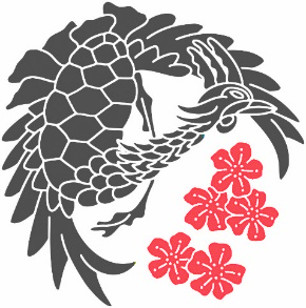1893 | Virtual Tour & History | Japan at the World’s Columbian Exposition
1853-54 | The Opening of Japan
Until 1853, Japan had maintained a centuries-old policy of self-imposed isolation from the world. After its shores were forced open by the United States, Japan began to take bold steps to replace its weak feudal government, and rapidly adopted Western science, technologies, and social systems.
1893 | Japan on the World’s Stage in Chicago
By the time of the World’s Columbian Exposition in 1893, Japan was ready to demonstrate to the world how far it had progressed in only 40 years, and prepared the largest budget and the most elaborate plans of any foreign nation participating at the exposition in Chicago.
Japan’s primary goals were to establish itself in the eyes of the world as a modern, industrial nation that was open to trade and commerce with other nations, and to overcome the unequal treaties that had been imposed upon it.
Soon after being invited to participate, in June 1890, Japan organized its resources and began sending leaders to Chicago to negotiate for the best locations for its exhibits. After securing sufficient space in the main exhibit halls to display the fruits of its rapid modernization, Japan sought a site where it could construct a building that could properly introduce the world to its rich artistic heritage, culture, and traditions.
The Wooded Island, located at the center of the exposition, was the most idyllic site because, for the Japanese, this island resembled the physical characteristics of Japan. It would not only be the perfect natural setting for a traditional Japanese building, but such a location would elevate Japan’s status by being at the center of the grand iconic buildings representing Western civilization.
The role of the Wooded Island, as designed by Fredrick Law Olmsted (1822-1903), America’s foremost landscape architect and the chief of the exhibition’s landscape design, was to provide exposition visitors a quiet sylvan setting, unencumbered by buildings, in which to escape the hustle and bustle of the exposition.
In February 1892, following lengthy negotiations between the Japanese and exposition officials, Daniel Burnham (1846-1912), the exhibition’s chief of construction, enthusiastically wrote to Olmsted to explain that the Japanese “propose to do the most exquisitely beautiful things . . . and desire to leave the buildings as a gift to the City of Chicago.” Shortly thereafter, the Japanese Commission was granted permission to build on two acres at the northern portion of the fifteen-acre Wooded Island.
EXPLORE 1893 SITE BY AREA
HISTORY (1930-1946)






